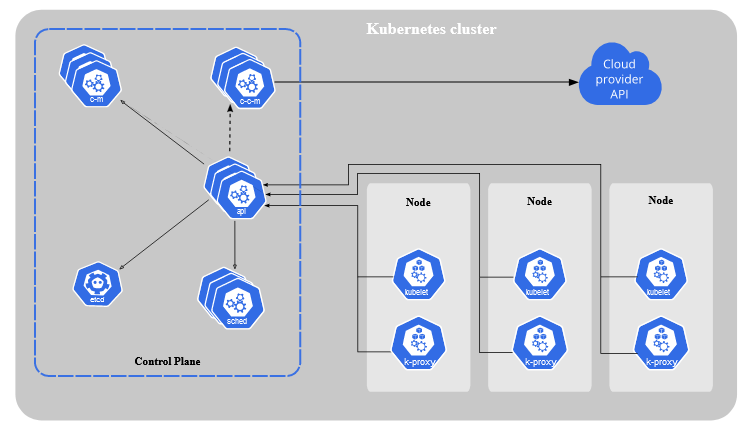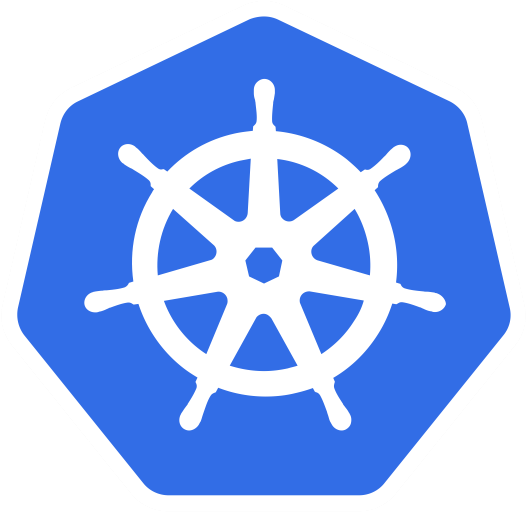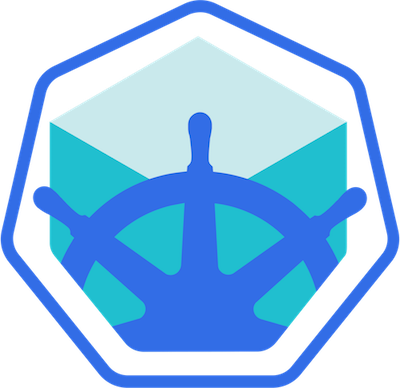Kubernetes Zero To Pro ✨

⛏️ “A stone is broken by the last stroke of the hammer. This does not mean that the first stroke was useless. Success is the result of continuous effort.” ⛏️
Table of Contents 📜
- 🗃️ resources
- 🧠 core concepts
- ⚙️ configuration
- 🐳🐳 multi-container pods
- 🔬 observability
- 💠 pod design
- 🤯 advanced services and networking
- 🗄️ state persistence
Kubernetes Architecture 🏗️
Kubernetes coordinates a highly available cluster of computers that are connected to work as a single unit.

-
The
Control Planeis responsible for managing the cluster.-
Components
kube-apiserver- Exposes theKubernetes APIetcd- Consistent and highly-available key value store used as Kubernetes’ backing store for all cluster data.kube-scheduler- Watches for newly createdPodswith no assignednode, and selects anodefor them to run on.kube-controller-manager- Runscontrollerprocesses. Eachcontrolleris a separate process but to keep things simple they are compiled together and run in a single process- Examples
Node controller: Responsible for noticing and responding whennodesgo down.Job controller: Watches for Job objects that represent one-off tasks, then createsPodsto run those tasks to completion.Endpoints controller: Populates the Endpoints object (that is, joins Services & Pods).Service Account&Token controllers: Create default accounts andAPIaccess tokens for newnamespaces
- Examples
cloud-controller-manager- Embeds cloud-specific control logicNode,Route, andService controllerscan have cloud provider dependencies.
-
- A
Nodeis aVMor a physical computer that serves as a worker machine in aKubernetescluster.-
The
nodescommunicate with the control plane using theKubernetes API -
Components
kubelet- An agent that runs on each node in the cluster. It makes sure thatcontainersare running in aPod.kube-proxy- Network proxy that runs on eachnodein your cluster, implementing part of theKubernetesService concept.
Container runtime- Software that is responsible for runningcontainers.
-
Basic Commands 📝
-
kubectlcommands
-
check version of
Kubernetesbeing usedkubectl version -
get everything
kubectl get all -
get api
resourcesincludes name, shortnames, api version, if namespaced, and kindkubectl api-resources -
get kube-api
versionkubectl api-versions - all resources in kubernetes are grouped into
API groups-
under each
API groupareAPI resourceskubectl api-resourcesAPI resourcesare the objects that can be have verbs act on them from theKubernetes API- verbs:
create,get,describe,delete,update,watch,list
- verbs:
-
-
identify
kube-apiserversettingskubectl describe pod kube-apiserver-controlplane -n kube-system
-
-
minikubecommands
-
Check the status of
minikubeminikube status -
start
minikubeminikube start -
stop
minikubeminikube stop
-
